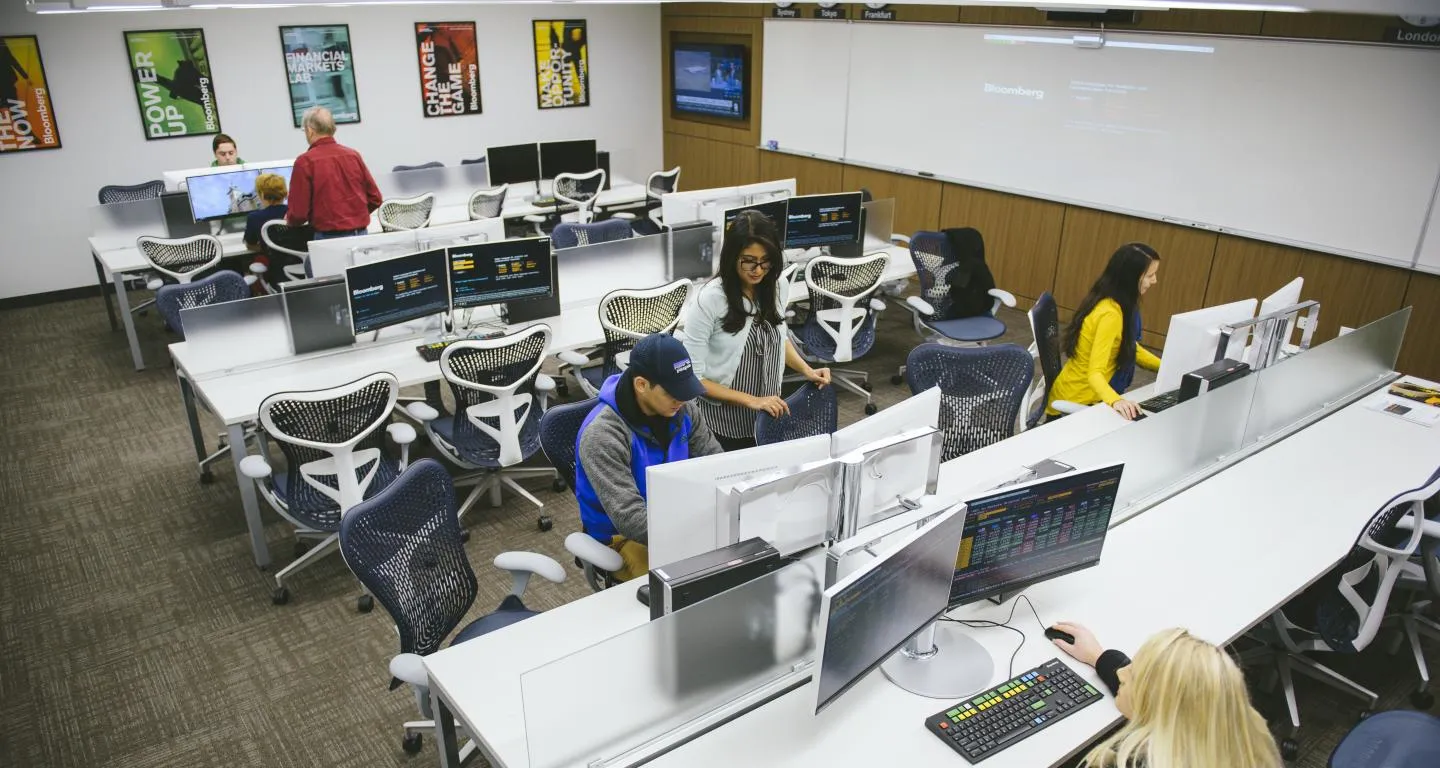Bloomberg has recently ventured into the world of artificial intelligence (AI) in an effort to streamline its news production process, but the road has not been without its bumps. The financial news giant has faced multiple challenges in implementing AI-generated summaries of articles, with dozens of corrections issued for inaccurate or incomplete content.

AI Summaries: A Bold Experiment with Room for Improvement
Since the beginning of this year, Bloomberg has been using AI to generate brief, bullet-point summaries for its articles. The goal is simple: to provide readers with a quick snapshot of the main points of an article. However, this ambitious initiative has not come without significant growing pains.
The news outlet has been forced to issue at least 36 corrections to AI-generated summaries, underscoring the difficulty in ensuring that AI can consistently meet journalistic standards. In one notable example, a summary accompanying a March 6 article about President Trump’s tariff announcement misreported the timing of the tariff implementation, prompting the need for a correction.
These errors highlight the challenges that even established news organizations face when incorporating cutting-edge technologies like AI into their editorial workflows. Despite these early missteps, Bloomberg remains committed to refining the system and continues to integrate AI into its daily operations.

AI’s Role in Modern Newsrooms: A Double-Edged Sword
While AI can be a powerful tool in a newsroom, its use comes with both advantages and significant risks. On one hand, AI can help news organizations meet the demands of fast-paced reporting, delivering quick, digestible summaries of complex topics. However, as Bloomberg has discovered, AI is still far from perfect.
“An AI summary is only as good as the story it is based on,” wrote John Micklethwait, Bloomberg’s Editor-in-Chief, in a January 10 essay. “And getting the stories is where the humans still matter.” Micklethwait’s statement highlights the importance of human oversight in the AI-powered news cycle. While AI can condense and summarize vast amounts of information, it is human journalists who provide the nuanced understanding and context that machines still lack.
Despite these concerns, Micklethwait expressed optimism about the role of AI in the newsroom, particularly when it comes to providing quick, accessible content for readers. “Customers like it,” he acknowledged, noting that AI summaries offer readers an easy way to quickly understand the essence of a story without delving into the full article.

Correcting AI Mistakes: A Process of Refinement
Bloomberg has not been alone in facing issues with AI-generated content. Other news outlets, such as The Washington Post and Gannett, have also experimented with AI tools to automate news summaries. While these systems have their merits, they have also led to some embarrassing errors. Earlier this month, The Los Angeles Times even removed an AI-generated summary from an opinion piece after the AI made a major factual mistake by mischaracterizing the Ku Klux Klan.
Bloomberg News, however, has been transparent about its AI efforts, with a spokeswoman stating that the company is committed to correcting mistakes as they arise. “We’re transparent when stories are updated or corrected, and when AI has been used,” the spokeswoman said. “Journalists have full control over whether a summary appears—both before and after publication—and can remove any that don’t meet our standards.”
This level of transparency and human oversight is key to ensuring the accuracy of AI-generated summaries. While the technology may not be perfect, Bloomberg has shown that it is committed to providing high-quality content that meets its editorial standards.

Despite the challenges, feedback for Bloomberg’s AI-generated summaries has been largely positive. The company’s spokeswoman confirmed that readers have responded well to the summaries, and the company is continually working to improve the technology. The goal is not to replace journalists but to complement their work by providing a quick and efficient way for readers to digest the most important details of a story.
“We continue to refine the experience,” she said. This ongoing refinement process highlights Bloomberg’s commitment to evolving its use of AI in the newsroom. As the technology improves, it is likely that AI-generated summaries will become an even more integral part of the media landscape.
While there will undoubtedly be more hurdles to overcome, Bloomberg’s experience with AI is part of a broader trend in journalism, where traditional outlets are increasingly turning to artificial intelligence to stay competitive in the fast-paced world of digital news.

As AI continues to evolve, its role in newsrooms will undoubtedly become more significant. Bloomberg’s experience provides valuable insights into the challenges and potential of AI in journalism. The key takeaway is that while AI can serve as a useful tool for summarizing news, human oversight remains crucial to ensure that the stories being told are accurate, reliable, and meaningful. For now, it seems that the future of journalism will involve a delicate balance between human expertise and artificial intelligence.









